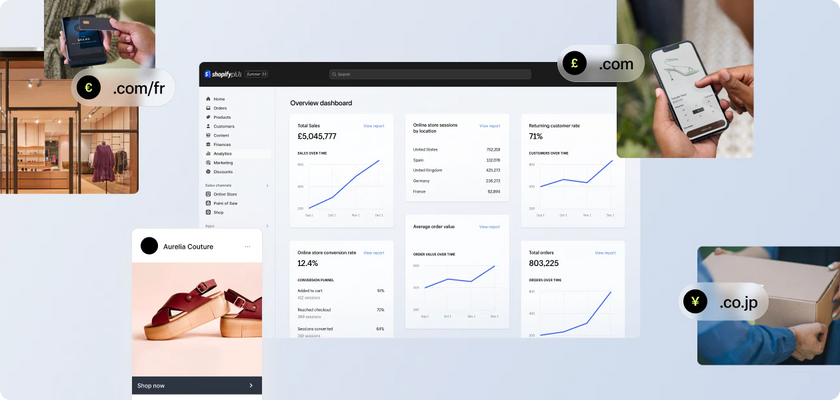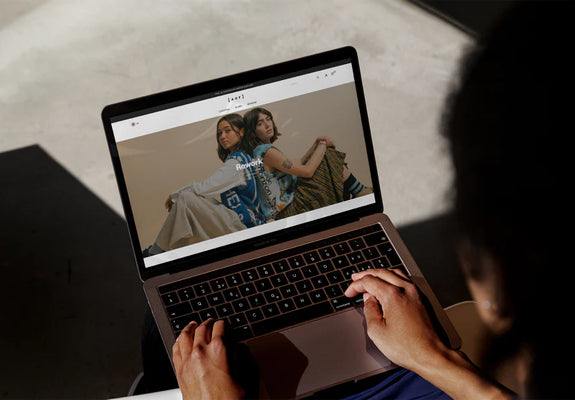Dec 20,2012 Shopify API
Websites of Fortune 500 companies—a closer look
When looking at web design trends it’s always interesting to see how high-level companies go about it, so we thought we’d take a closer look at the trends of Fortune 500 companies. Interestingly, they’re all fairly similar—they might look different from the outside but on closer inspection you’ll see that most of them utilise the same kind of style and design features, and here’s a quick overview of the key features you’re likely to come across:
Logos in the top right hand corner, with 93% of Fortune 500 companies positioning it here
27% incorporate a tagline into the logo
Light background and colour scheme, with 80% opting for this style
Clear call to action, with 47% of companies having a prominent call to action that can be seen in 3 seconds or less
87% offer a search field
Prominent blog posts, with 60% of sites clearly displaying their recent news items on their homepage
Proper use of content, with 63% having content above the fold
Proper use of images, with (again) 63% using high-quality images to effectively connect with users
Centred-approach navigation, with 93% displaying this method
A scrolling content window in half of all Fortune 500 websites
Average width of 877 pixels, average size of homepage is 766kb and an average loading time of 6.5 seconds
Of course, in looking so closely at sites there’s always the opportunity to find areas of improvement too, so here are a few key areas that a lot of Fortune 500 companies are lacking in:
Contact info being hard to find (a problem identified on 63% of their sites)
Poor social media integration, with only 11% of companies placing social media links above the fold
No newsletter sign-up feature on the homepage (identified in 80% of sites)
As you can see, a lot of Fortune 500 companies share the same design features as well as the same drawbacks, but it seems to do the trick. It’ll be interesting to see how (if at all) they change over the coming months to accommodate wider trends and deliver a high-level user experience, which is, of course, what good web design is all about.


